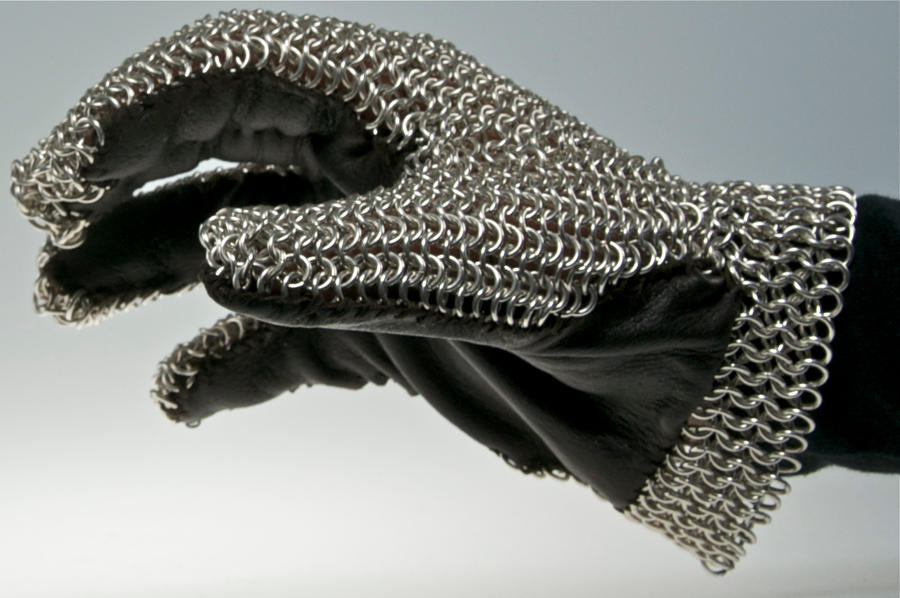Karma Tennis
Legend
lol u took the top 3 players in the game who are basically superhuman...what about all the college players that use shaped strings successfully...?
How many US College Players actually use shaped strings by choice? Afaik, most of them simply use the string they are provided with. This is usually the string the Coaches select, the string that is provided by a Sponsor, or the cheapest string.
Anyway, the top 3 players would be the Gold Standard. If they don't see any real benefit out of it, then anyone else is probably benefiting from a Placebo effect of sorts.
Think about it. If your stroke technique alone generates 1000 RPM, the best string with snapback is probably going to enhance it by a max of about 25% and that is at the extreme end of the scale.
Is there really that big of a difference at Club and College level between 1000 and 1250? I dunno. I guess some probably feel better thinking about that extra 250 RPMs. But from a scientific perspective, the Magnus Effect really isn't that much greater.
Perhaps if you a generating 3000RPM. The additional 600 RPM would make a difference. But how many players are consistently generating 3000 RPM from stroke to stroke?
Things are very different in the real world, compared to what is going on in most player heads. LOL.
You're also talking about three players who are very far into their careers, who have also shown significant resistance to change anything and are set in their ways.
I don't agree with this. The Top players are always experimenting with their equipment. At the level they are playing at, even a minor improvement can translate to a significant victory.
And in spite of all the "Mail" that is provided about the Top players' equipment. Truth is, very few people really know exactly what the Top players are using at any given moment.
Remember Rafa uses RPM Blast. It is a shaped string. I doubt Rafa would have started his tennis playing career using shaped strings.
Still, as always, YMMV. Different strokes for different folks.
At the end of the day, the most important think is to WIN matches. Anything that helps a given player WIN more matches is the goal, regardless of the reason, fact or fiction.


